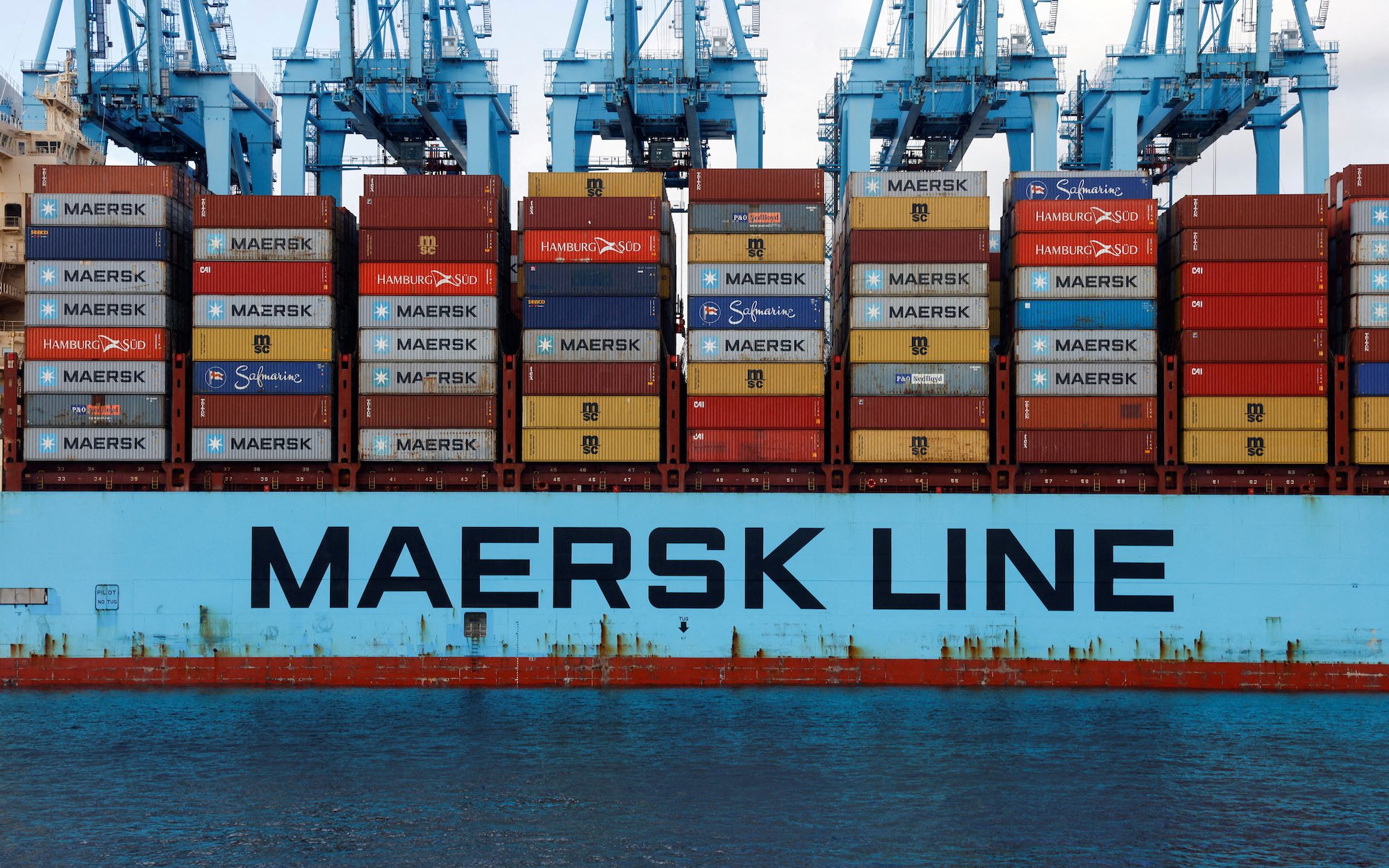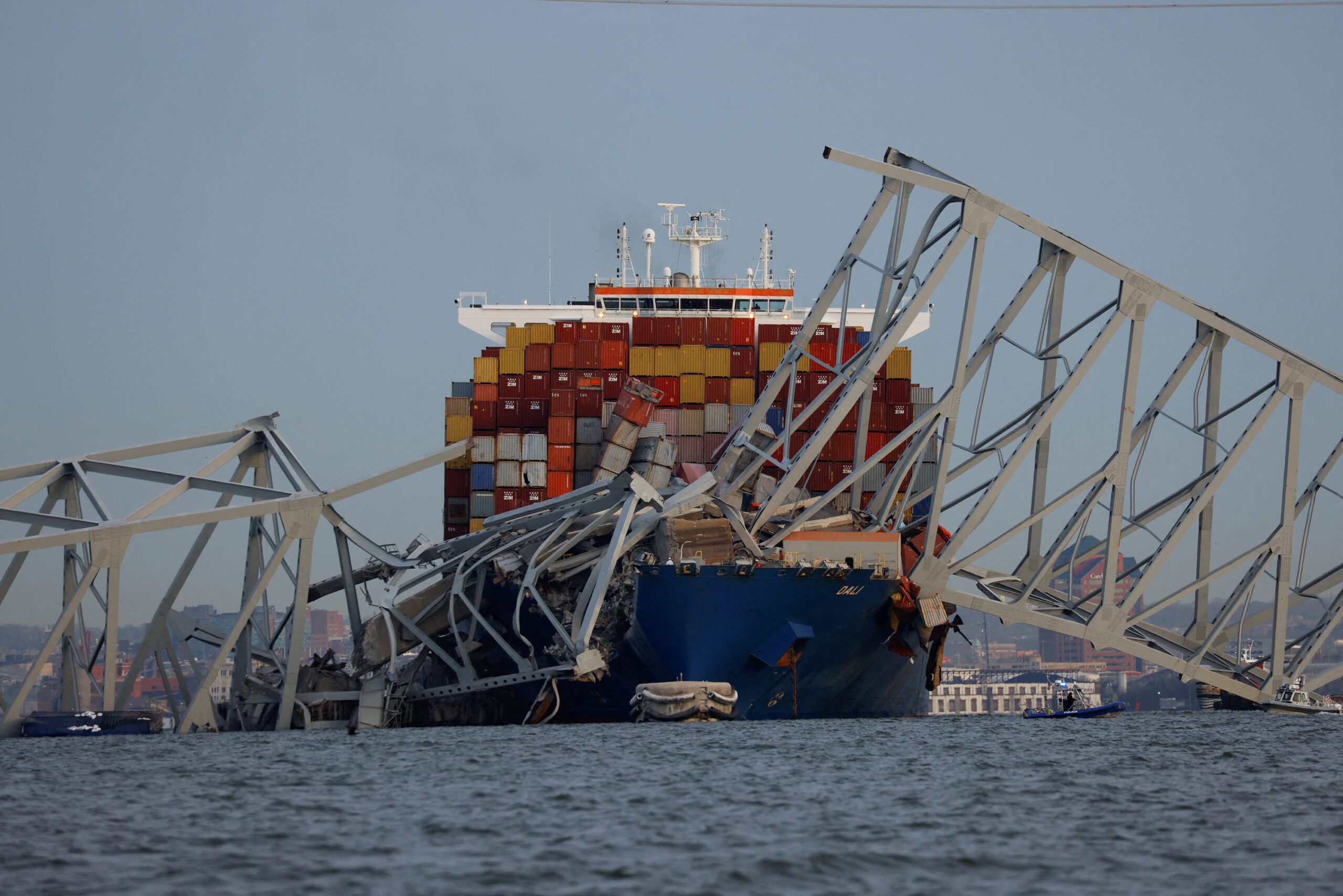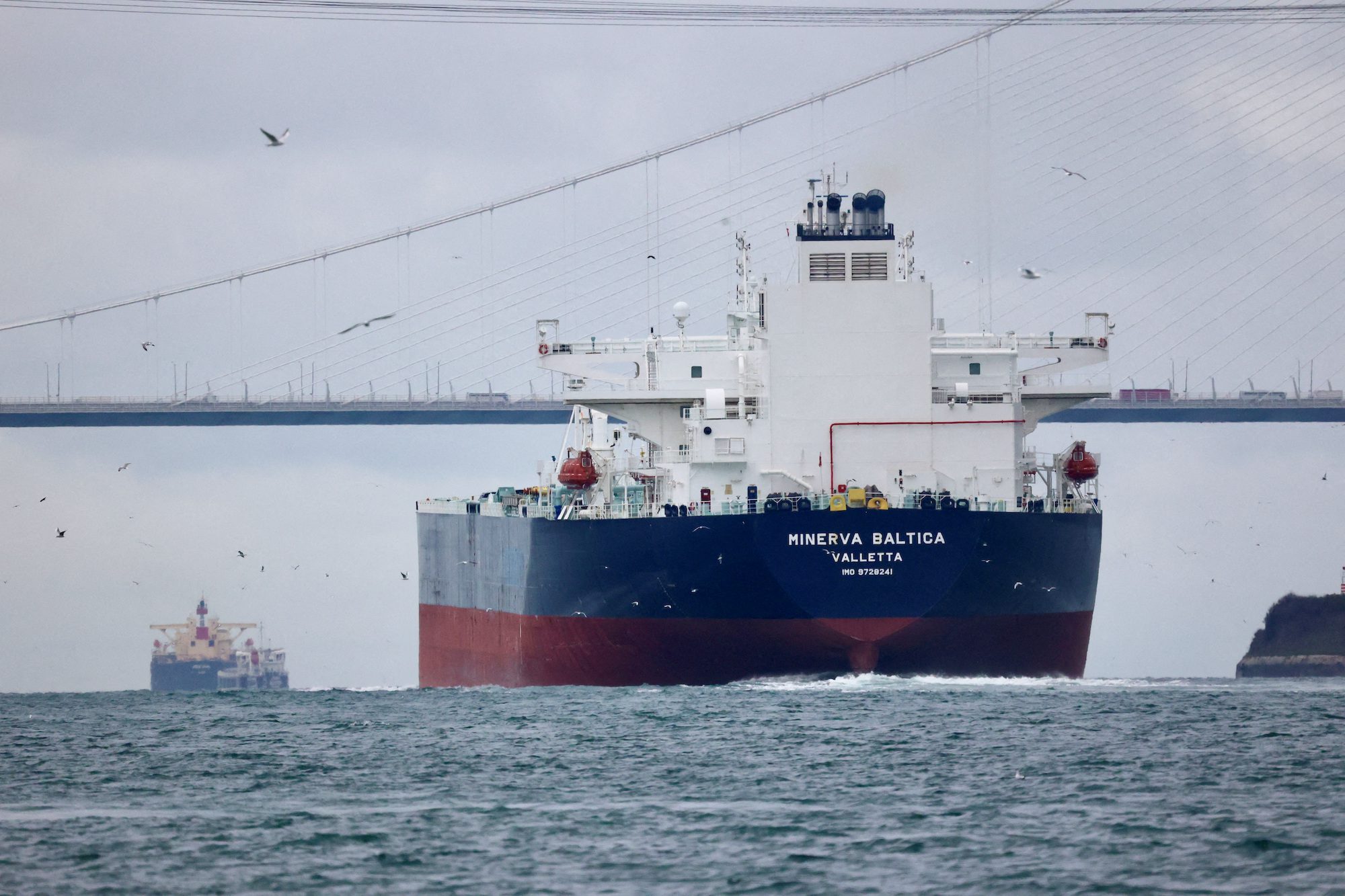An undated handout photo of Chevron’s Gorgon LNG project located in Western Australia. Photo credit: REUTERS/Chevron
By James Paton
(Bloomberg) — Chevron Corp.’s Gorgon natural gas project off Australia’s northwest coast boasts the world’s biggest carbon dioxide storage facility, a jetty more than a mile long and enough steel to build the Sydney Harbour Bridge four times. The cost: $54 billion.
With Australia’s largest resource development starting to produce liquefied natural gas, industry leaders and analysts say a venture this ambitious won’t be replicated any time soon.
Oil’s worst slump in a generation underscores the risk of investing in mega-projects like Gorgon. Expected to cost $37 billion when construction began more than six years ago, Chevron’s development with partners Royal Dutch Shell Plc and Exxon Mobil Corp. has suffered from cost blowouts, delays and bad timing. Oil and gas producers in the future will look to spread out their investments in phases, according to Australia’s Woodside Petroleum Ltd.
“The industry got too caught up in ‘bigger is better,’ and I think what bigger became was more complex and had more risk associated with it,” Woodside Chief Executive Officer Peter Coleman said in a Feb. 18 interview in Sydney. “They certainly didn’t feed in disruptive events like oil price crashes.”
Challenging Qatar
Located on Barrow Island, an isolated, tropical nature reserve about 60 kilometers (37 miles) off the coast of Western Australia, Gorgon is helping the country fulfill its ambition of becoming an energy superpower and overtaking Qatar as the world’s biggest supplier of LNG.
Dotted with termite mounds and spiky spinifex grass, the 200-square kilometer (50,000-acre) island is now the site of a jungle of metal and pipe that will chill natural gas to a liquid so it can be transported by ship to customers in countries including Japan and China. First cargoes are due to leave next week.
Chevron’s investment is part of a $180 billion wave of LNG developments in Australia that competed for labor and resources, and ultimately faced delays and budget increases. LNG projects in the U.S., an emerging energy exporter, will come under pressure to secure financing and long-term contracts, according to Daniel Yergin, vice chairman of consultant IHS Inc.
Crude Slump
Worldwide, more than 90 percent of joint ventures costing $1 billion or more have hit snags or cost blow-outs, according to Ernst & Young LLP.
The plunge in crude oil prices is reducing revenue from projects across the industry, including LNG ventures whose long-term contracts are tied to crude. Brent oil, the global benchmark, is down more than 60 percent from a 2014 peak, even after topping $40 a barrel this week for the first time since December. Average LNG contract prices this year are forecast to fall to $7.54 per million British thermal units, less than half 2014 levels, according to a Goldman Sachs Group Inc. report last month.
Standard & Poor’s lowered its Brent price assumptions last month to $40 for the rest of 2016 and $45 for 2017, and predicted that the world’s major oil and gas companies are unlikely to cover capital expenditure and dividends.
‘Calling Cards’
“One of the majors’ key calling cards for many years has been ‘we have the capital and technical know-how to develop the most challenged resources,”’ said Angus Rodger, a Singapore-based analyst at energy consulting firm Wood Mackenzie Ltd. “While certainly true, most of these projects subsequently failed to hit timing and budgetary targets, or anticipated returns on capital.”
More than $400 billion of proposed energy projects have been delayed since mid-2014 and pushed into 2017 and beyond due to the decline in oil prices, according to Wood Mackenzie. Shell last year scrapped its Carmon Creek oil sands development in Canada — the first project in the downturn to be shelved after being sanctioned — and abandoned its Arctic drilling program indefinitely.
The price rout has prompted oil and gas producers to switch gears. Companies today are “rethinking” large projects by opting to invest more gradually, rather than spending big amounts of money upfront, or by scaling back the size of their developments, Rodger said in an e-mail.
80,000 Homes
Chevron, based in San Ramon, California, has agreements with buyers covering more than 80 percent of its LNG from its Gorgon and Wheatstone ventures in Australia. It said in January that it expects Gorgon to generate “ substantial earnings” over at least four decades.
The start of the LNG plant will bring relief to Chevron and its partners, even in a weaker market. Gorgon would generate about $1.5 billion in net cash for Chevron in its first year if Brent oil prices average about $53 a barrel, said Luana Siegfried, an analyst at Raymond James Financial Inc. in Houston, in an e-mail. That could rise to about $2.6 billion a year in 2018 and beyond assuming oil rebounds to $75, Siegfried said.
Gorgon is huge by any measure. Chevron estimates it will contribute A$440 billion ($328 billion) to Australia’s gross domestic product through 2040. A single tanker loaded with Gorgon LNG has enough fuel to supply 80,000 Japanese homes a year. Those ships will head to Asia every year from a 2.1 kilometer-long jetty that stretches into the sea.
The project had to attract thousands of workers to a remote strip of land where maximum temperatures can top 40 degrees Celsius (104 Fahrenheit). A village built by the companies offers gyms, pools, cricket nets, soccer fields, a BBQ area and air-conditioned units. When they aren’t toiling under the blazing sun, workers can take advantage of yoga, boxing or movie nights.
The developers plan to inject as much as 4 million tons of carbon dioxide a year deep beneath the island to reduce the plant’s greenhouse gas emissions. They also needed to adhere to a strict quarantine program to protect the native plants and animals on Barrow Island, including two dozen species not known to exist anywhere else.
After Gorgon, mega-projects will remain “an important — and necessary — way forward for companies,” Axel Preiss, Ernst & Young’s global oil & gas advisory leader, wrote in an e-mail. “Market instability is, however, changing the way companies approach capital projects” and prompting them to focus more on sharing the risk with partners.
In Australia, a surge in the local dollar during construction and higher labor expenses are among the factors that drove up costs of gas-export developments. Globally, regulatory changes, geopolitical challenges, ineffective relationships with contractors and lack of planning have hurt some projects, he said.
“Ultimately, the capital is no longer available to fund overruns as a result of poor planning and execution,” Preiss said.
© 2016 Bloomberg L.P
Unlock Exclusive Insights Today!
Join the gCaptain Club for curated content, insider opinions, and vibrant community discussions.

 Join The Club
Join The Club













